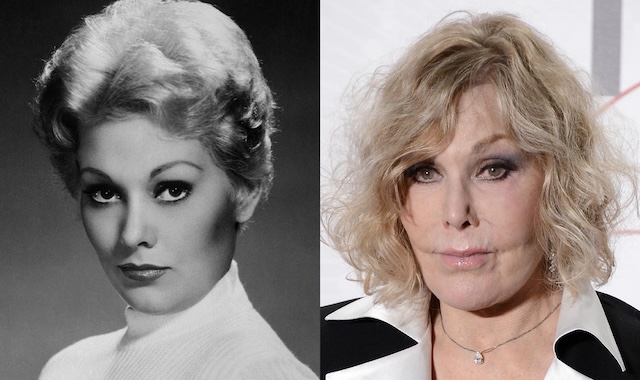Kim Novak is one of the most recognizable and beloved actresses in Hollywood history. Known for her breathtaking beauty and enigmatic presence, she captivated audiences in the 1950s and 1960s. However, her journey was not merely about fame and success—it was also about self-discovery, reinvention, and a passion for the arts beyond the film industry.
Early Life: From Chicago to Hollywood
Born Marilyn Pauline Novak on February 13, 1933, in Chicago, Illinois, Kim Novak grew up in a modest, middle-class family. As a child, she displayed an early love for art, often spending time drawing and sketching. Her artistic inclination would later become a central theme in her life, shaping her career choices beyond acting.
During her teenage years, her family moved to California, where she attended high school and began considering modeling and acting. Her striking beauty quickly caught the attention of talent scouts, leading her to sign a contract with Columbia Pictures.

Breakthrough and Rise to Stardom
Kim Novak’s rise to fame began in the early 1950s with a series of supporting roles. Her first major film, Pushover (1954), showcased her acting potential, but it was her role in The Man with the Golden Arm (1955) that solidified her status as a Hollywood star.
Her career-defining moment came with Alfred Hitchcock’s masterpiece Vertigo (1958). Playing the dual role of Madeleine Elster and Judy Barton, Novak delivered a mesmerizing performance that remains one of the greatest in cinematic history. Despite Vertigo not being an immediate box-office success, it later gained recognition as one of the best films of all time.
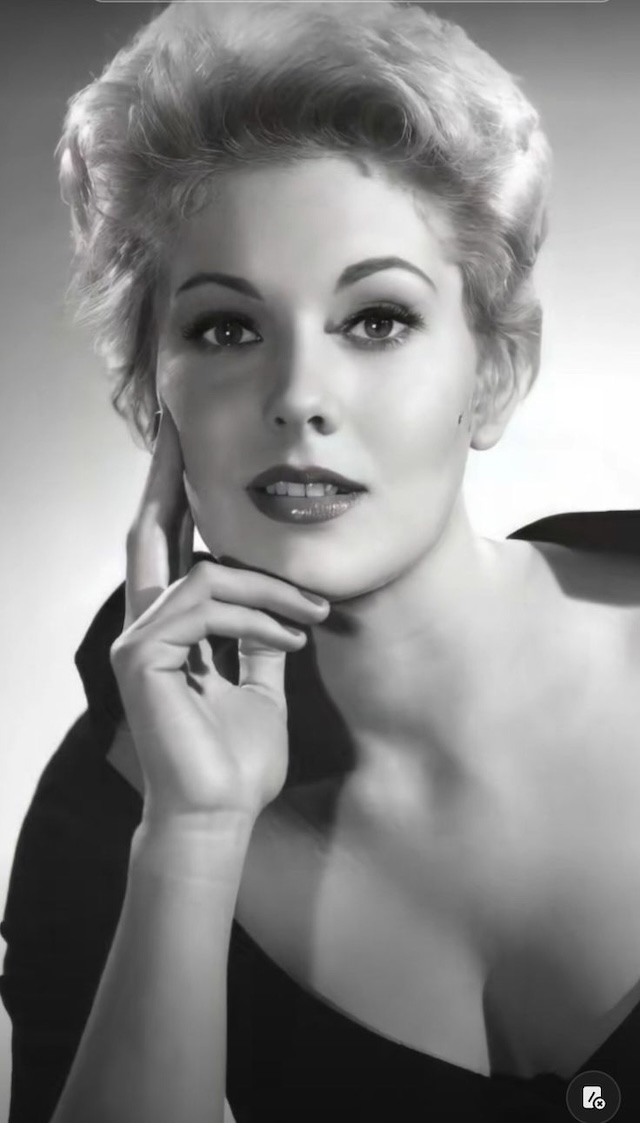
Struggles with Fame and Hollywood
Despite her success, Novak struggled with the pressures of Hollywood. The constant media attention and industry demands made her feel trapped by her glamorous public persona. She often spoke about her dissatisfaction with being typecast as merely a “beautiful blonde” rather than being given more substantial roles.
By the mid-1960s, exhausted by the pressures of fame, Novak took a step back from Hollywood, choosing to focus on her personal life and artistic interests.
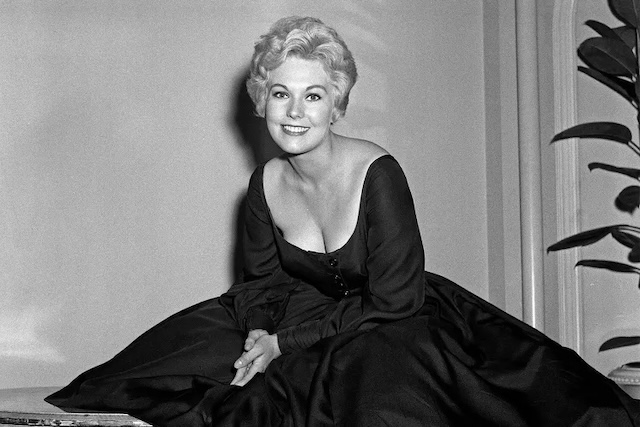
Artistic Visionary: Transition into Painting and Design
During her break from acting, Novak returned to her first love—art. She took formal training in painting and graphic design, allowing her to express herself in ways she felt Hollywood never allowed.
Her artwork, often abstract and deeply personal, reflected her emotions and experiences from her film career. She worked with oils, pastels, and mixed media, exploring themes of identity and self-discovery. Over time, her work was exhibited in galleries, earning praise from art critics.
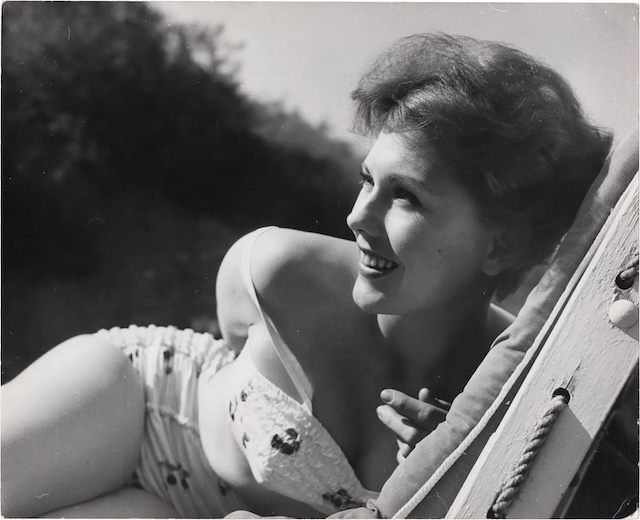
Later Career and Return to Acting
Though largely retired, Novak made occasional returns to acting in television projects like The Love Boat and Dynasty. Her film appearances became infrequent, as she prioritized her artistic endeavors over Hollywood.
In the 1980s and beyond, Novak continued to paint and contribute to the art world, proving her ability to evolve beyond the confines of acting.
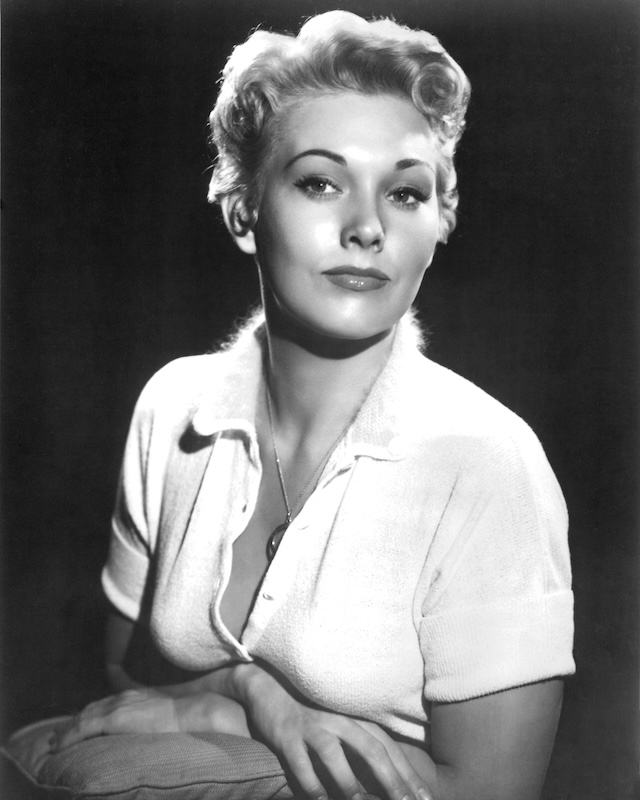
Personal Life and Legacy
Kim Novak has maintained a private life, far from the glare of Hollywood. She married veterinarian Robert Malloy in 1976, and the couple lived a peaceful life, dedicated to their love of animals.
Aside from her artistic pursuits, Novak has also been an advocate for animal rights, using her platform to promote compassionate living. She remains a respected figure in both the film and art industries.

Conclusion
Kim Novak’s story is one of reinvention, resilience, and the pursuit of true artistic expression. While she will always be remembered for her unforgettable roles in classic films, her legacy extends far beyond Hollywood. Through her artwork and personal journey, Novak has proven that true fulfillment comes from following one’s passions, embracing self-expression, and forging a path beyond societal expectations.

